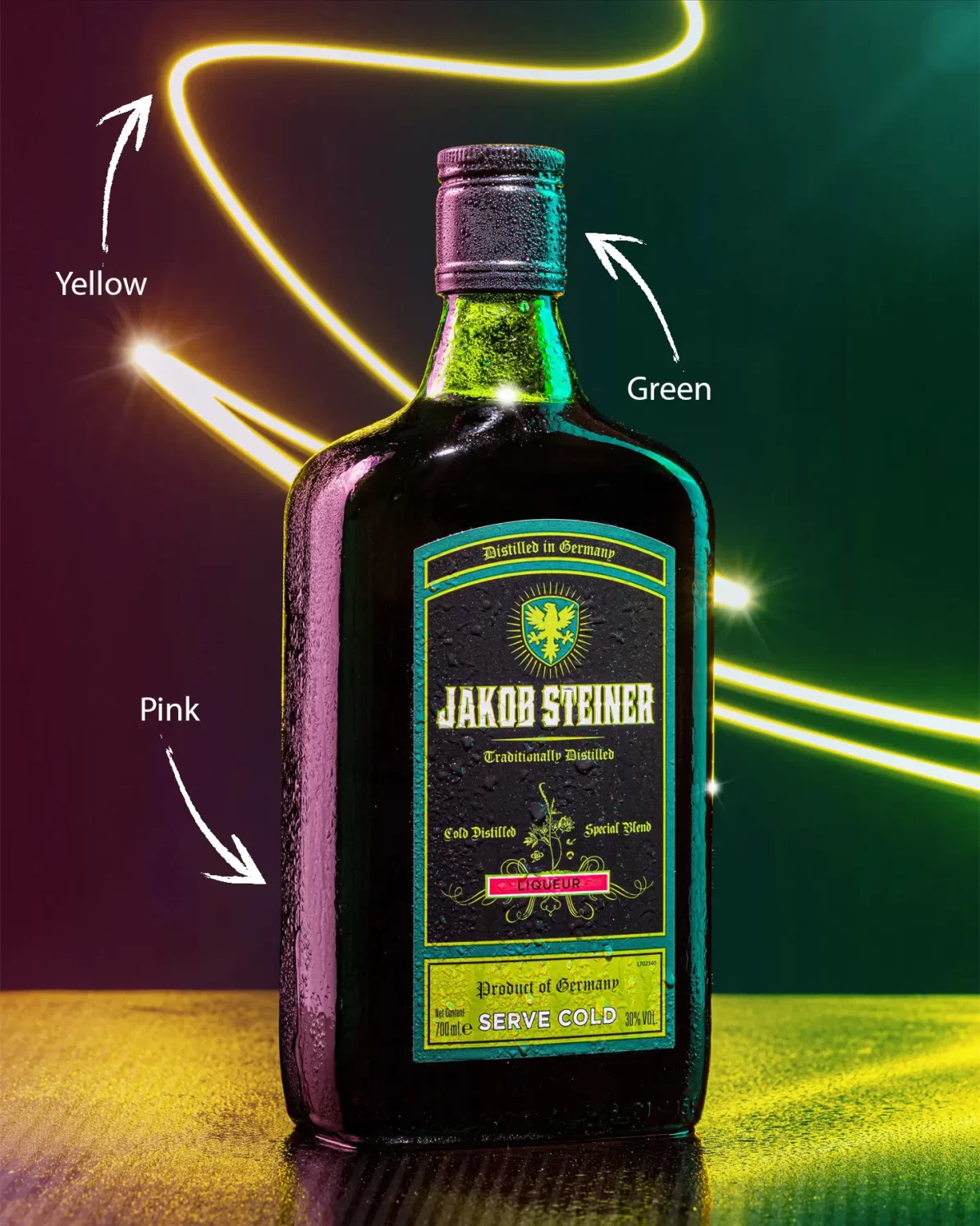
Product lighting techniques are essential for capturing high-quality photographs that effectively showcase the features, details, and overall aesthetic appeal of the product. They play a crucial role in creating visual impact and attracting potential customers.
Here’s a breakdown of some lighting techniques commonly used in product photography:
Three-Point Lighting:
Key Light: This is the main light source that illuminates the product from the front, highlighting its essential features and creating a sense of depth and dimension.
Fill Light: Placed opposite to the key light, it helps reduce shadows and provides additional illumination to balance the overall lighting of the product.
Back Light: Positioned behind the product, it adds a rim of light to separate it from the background and enhance its definition.
High-Key Lighting:
This technique involves the use of bright, evenly distributed lighting to create a clean, minimalist look. It is commonly used for products that require a soft, light, and airy appearance.
Low-Key Lighting:
In contrast to high-key lighting, low-key lighting uses dark and shadowy settings to create dramatic and moody photographs. It is ideal for products that require a mysterious or luxurious feel.
Light Diffusion:
Diffusing the light source can help soften harsh shadows and create a more evenly lit product. Techniques such as using diffusion panels or softboxes can achieve this effect.
Light Tent:
A light tent is a small, enclosed space made of translucent material that diffuses light evenly across the product. This technique is useful for shooting small objects and achieving a clean, shadow-free background.
Light Painting:
Light painting involves using a handheld light source, such as a flashlight, to selectively illuminate different parts of the product. This technique creates a sense of movement and can highlight specific details or textures.
Remember, the specific lighting technique chosen depends on the type of product, its desired presentation, and the overall message or mood you want to convey. Experimenting with different lighting setups and angles can help you find the perfect combination that enhances the visual appeal of your product photographs.

